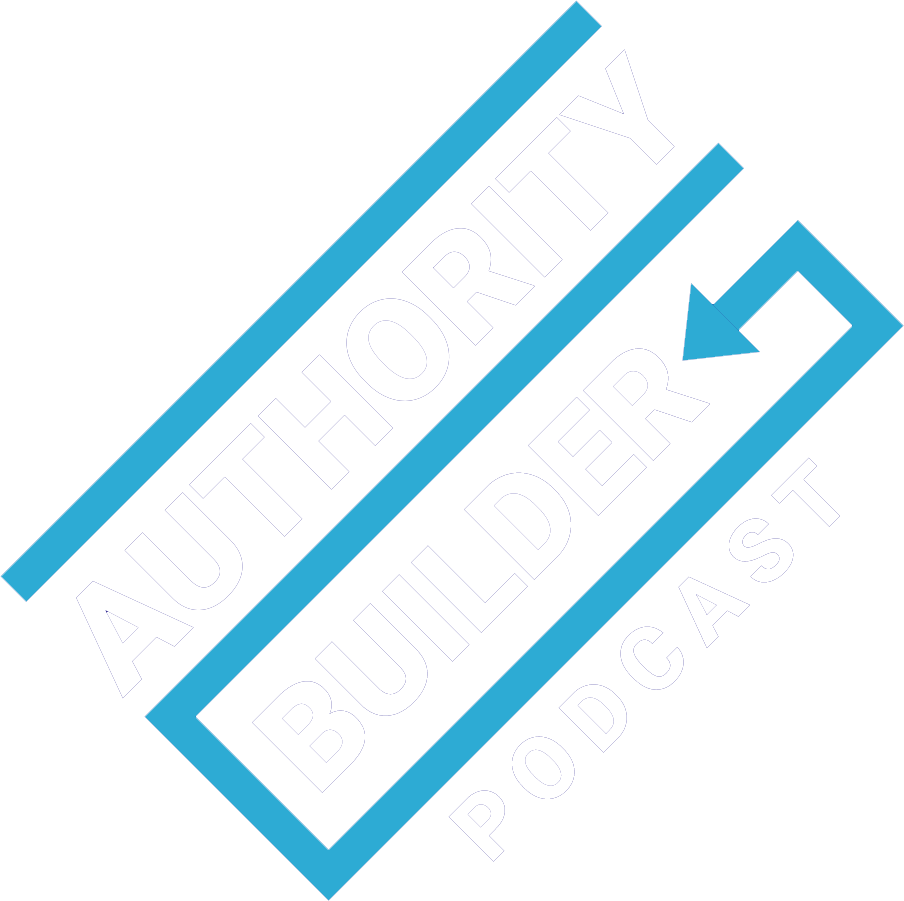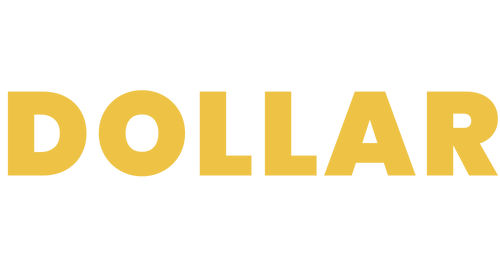When he lost his telecom job in the Dot-Com crash, Mike McKim was inspired to get in early in one of today’s hottest business trends: gourmet coffee.
When he started, coffee was coffee to most people. But now he roasts high quality beans sourced from the best plantations on the planet and sells them all over the country.
But being a pioneer wasn’t easy… far from it. What kept him going? Maybe it’s like his dad told him: “You’re too stubborn to quit and too lazy to start over.”
There’s more to it, of course. And Mike gets into all the details, including…
- The attitude that kept him going after his first startup failure – and those that came later
- How he changed his business model early on – and why it made him stronger than ever
- The innovative product he invented that revolutionized the industry
- Why he’s happy to be competing with Starbucks
- How thinking like the consumer transformed his entire approach to business
Listen now…


